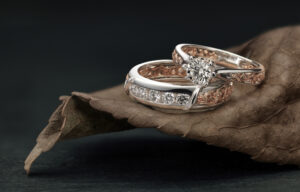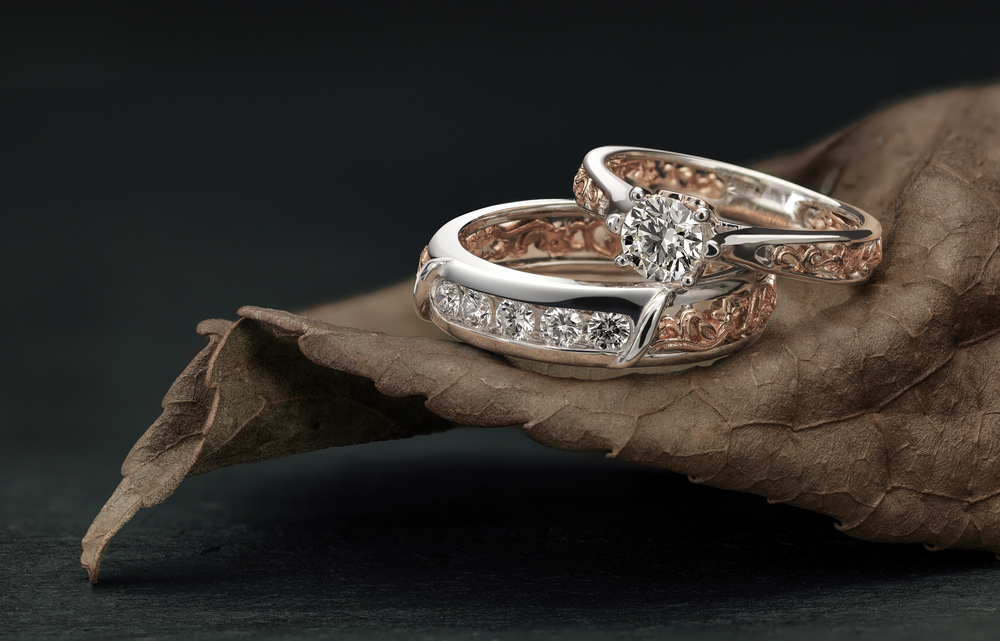
Artificial diamonds have identical chemical structure, physical properties, and crystal form as mined diamonds. These are real diamonds with a major difference from mined diamonds. The products are available in as wide an array of colors and sizes as mined diamonds. Several major retailers provide colorless lab grown diamonds, alongside a range of colorless, blue, and pink artificial diamond jewelry pieces.
Artificial diamonds are made with two methods: chemical vapor disposition as well as high pressure and high temperature. With the latter method, diamonds are made in a laboratory with technology that imitates the conditions that create diamonds naturally. The output is artificial diamond crystals having cube and octahedral faces as well as flat bases. The HPHT diamond color has improved over time as technology evolved. Synthetic gems submitted to Gemological Institute of America laboratories range from yellow, yellow-orange, and orange-yellow to near-colorless, blue, and colorless.
The other method entails breaking down gasses with carbon in a chamber and getting the molecules of carbon crystallized onto diamond seeds. The resulting diamond crystals are an occasionally edged product with graphite and usually have a tabular shape. The crystals often have a yellow or brown color as well as can be near-colorless with HPHT treatment. A colorless CVD diamond picked to get polished as a gemstone, often has a bit higher clarity grade as compared to its mined counterpart. Almost every natural diamond in the GIA’s D to N range of colors get clarity grades that come in its Very Small Inclusions 2 (VS2) to Slightly Included 1 (SI1) range.
Changing Synthetic Diamond Colors With Post Treatment Methods

Almost every diamond grown with the HPHT method is colorless. If high levels of boron are used to grow it, however, it can have a deep blue color. If the producer uses nickel to grow the stone, it would occasionally be green. If nitrogen is used in the manufacturing process, the output would usually have an appealing bright yellow color. Treatment options like annealing and radiation after growing a diamond in a laboratory can change its color.
Almost every CVD synthetic diamond is brown, but it is also possible to create crystals that have yellowish coloration or near-colorless diamond crystals. A producer can utilize HPHT processes to make CVD-based lab diamond colors better. It is also possible to use a treatment process with multiple steps to convert a brownish artificial diamond into a more marketable version.
